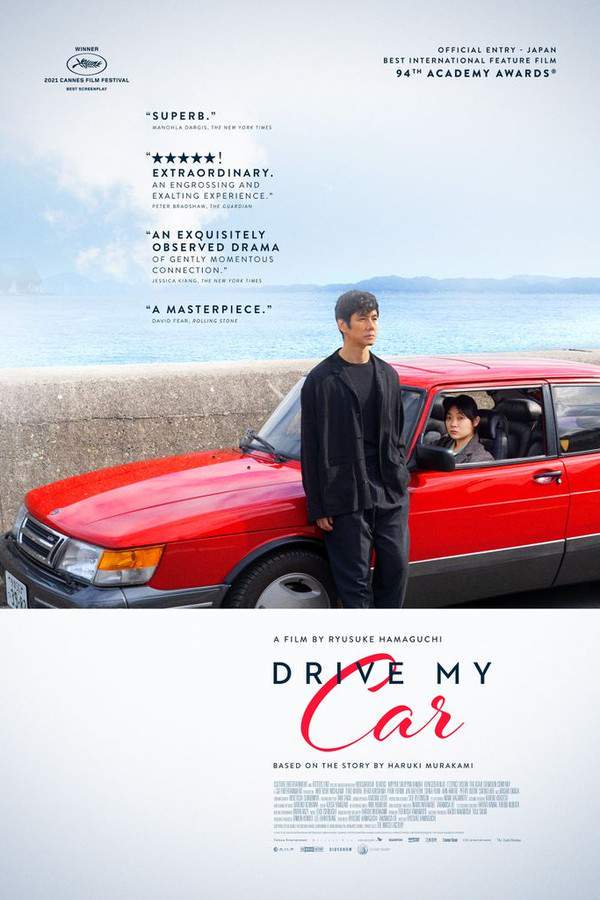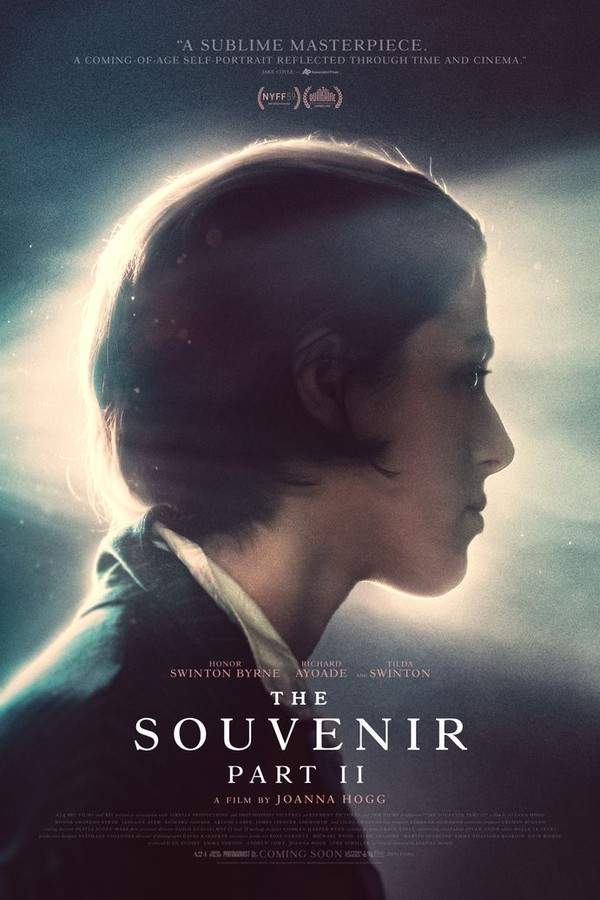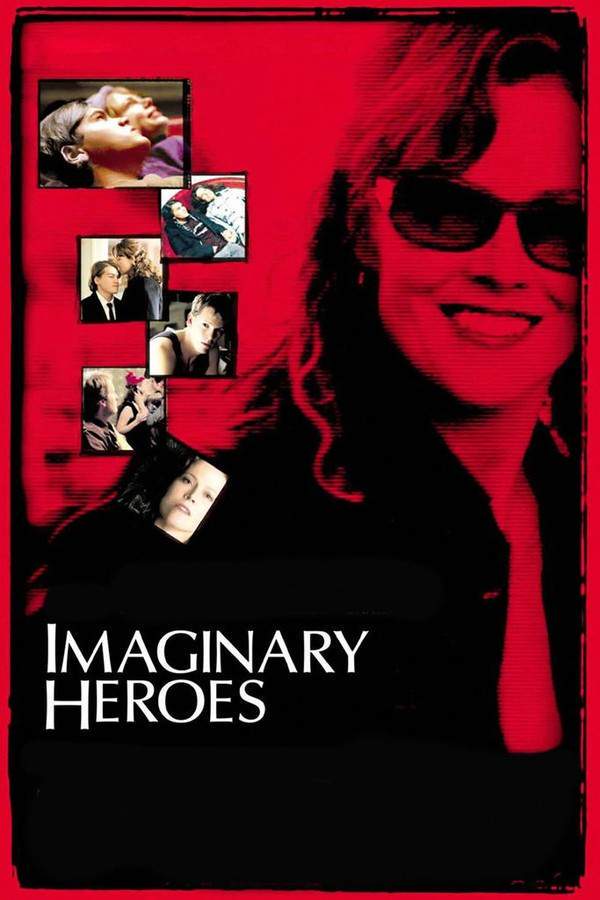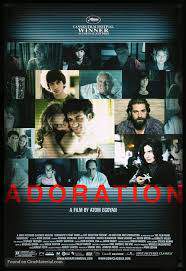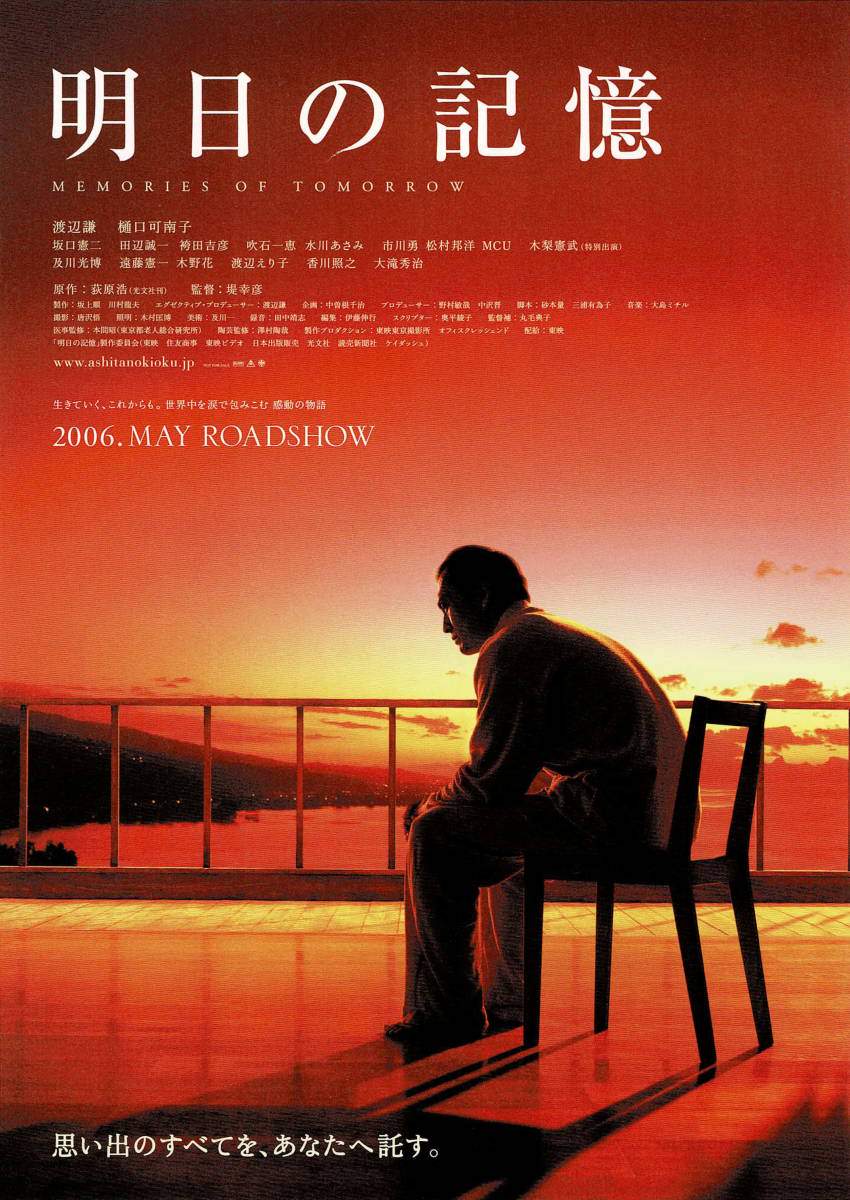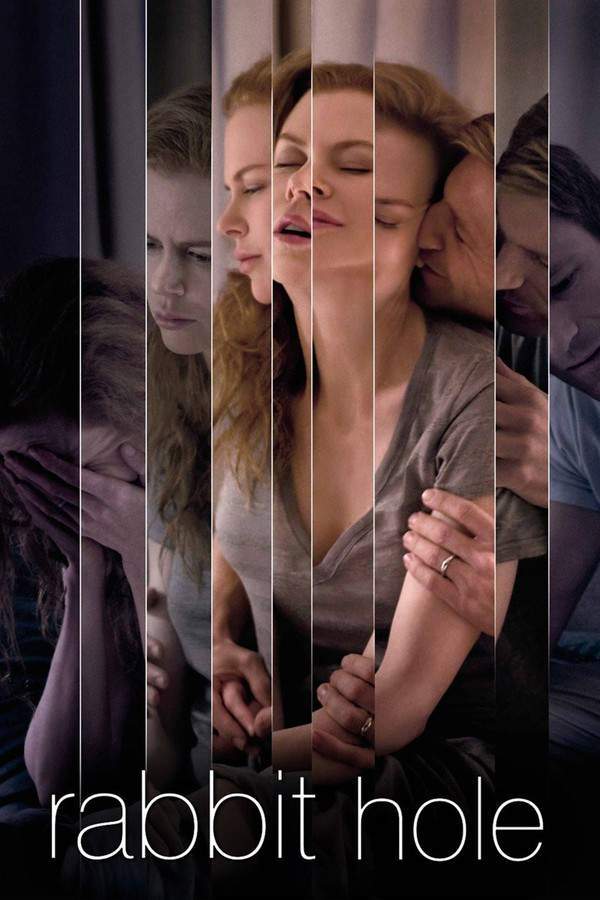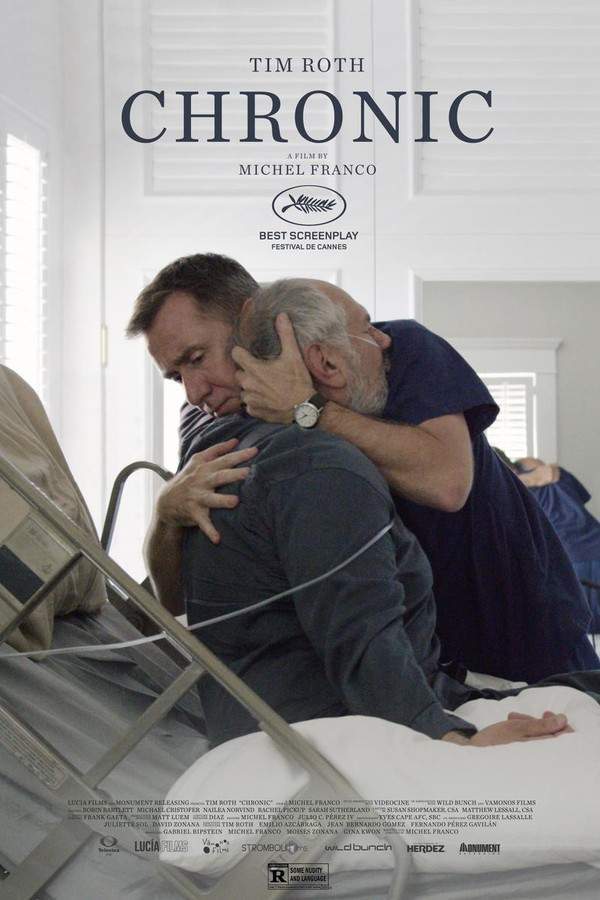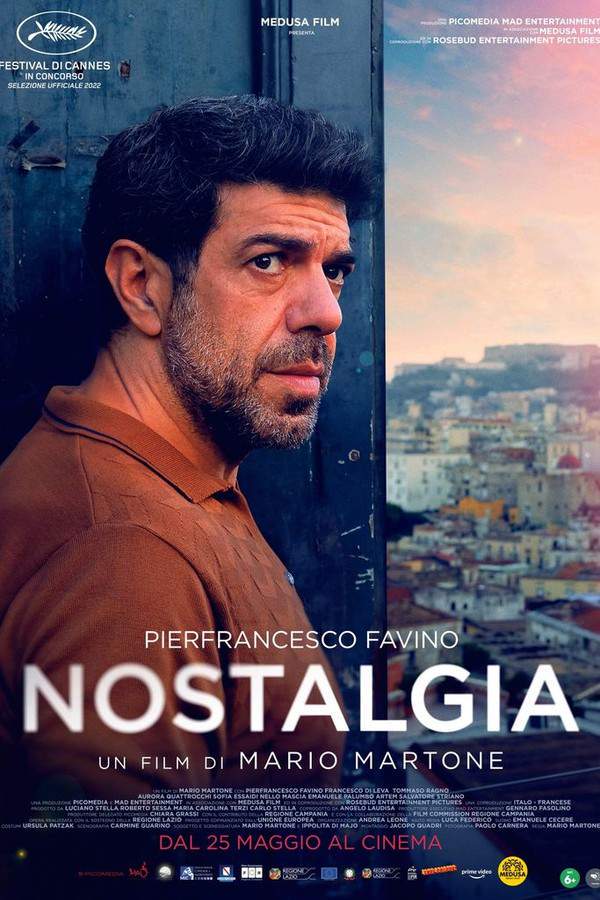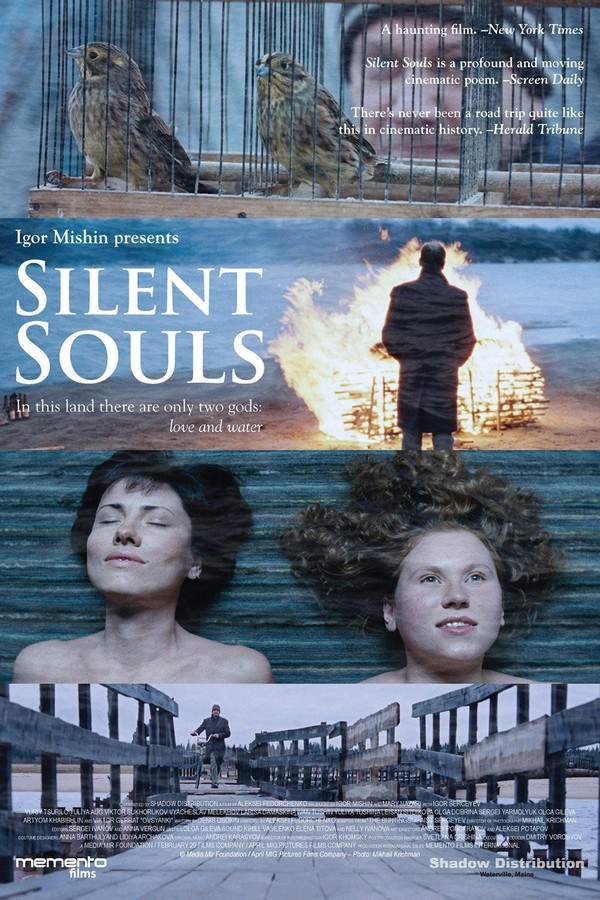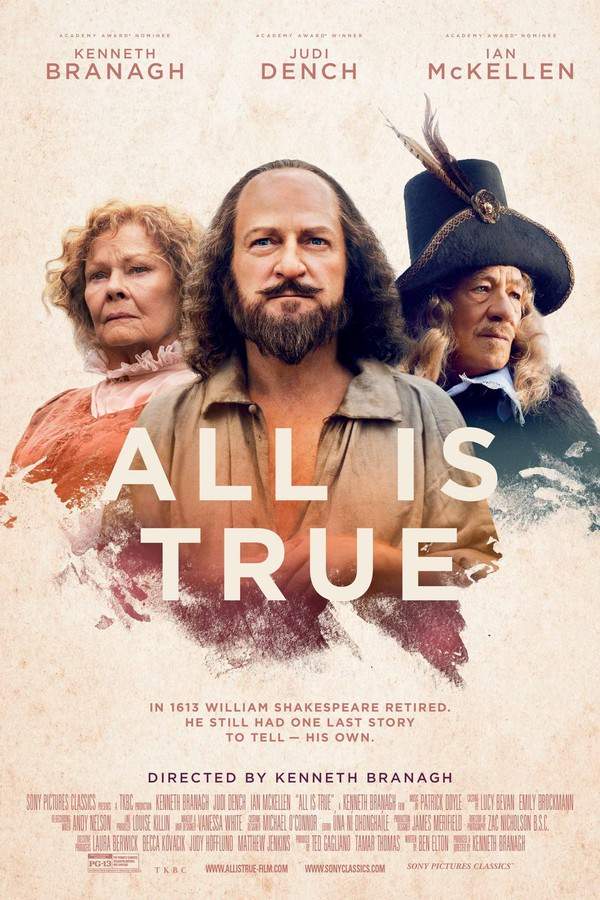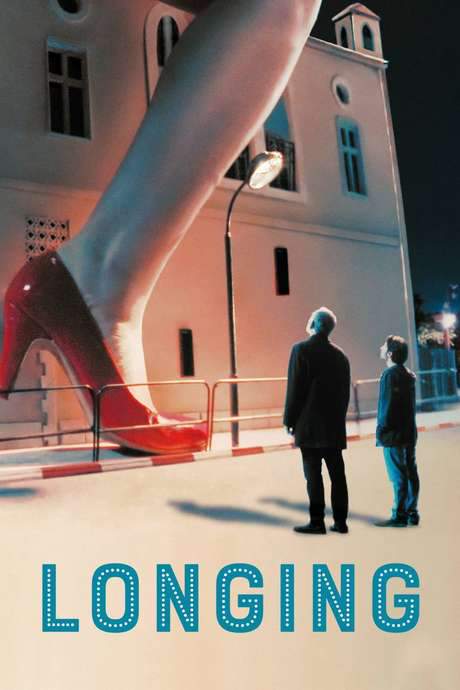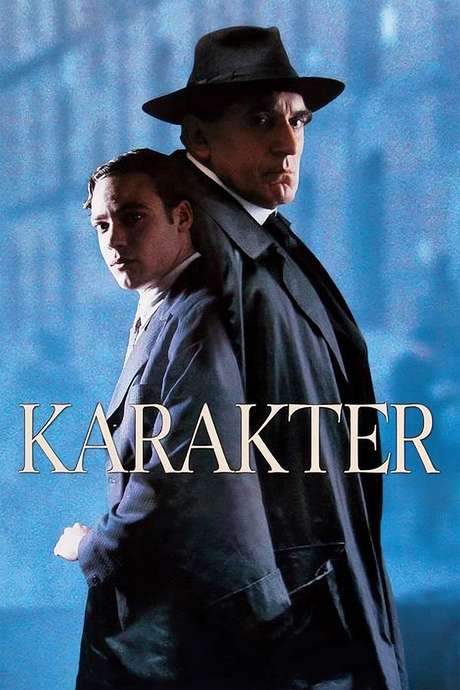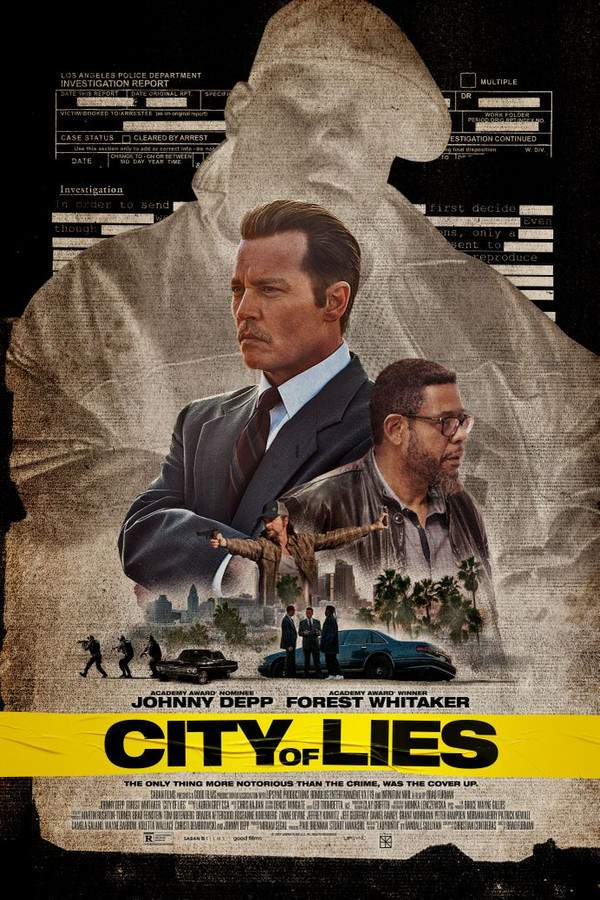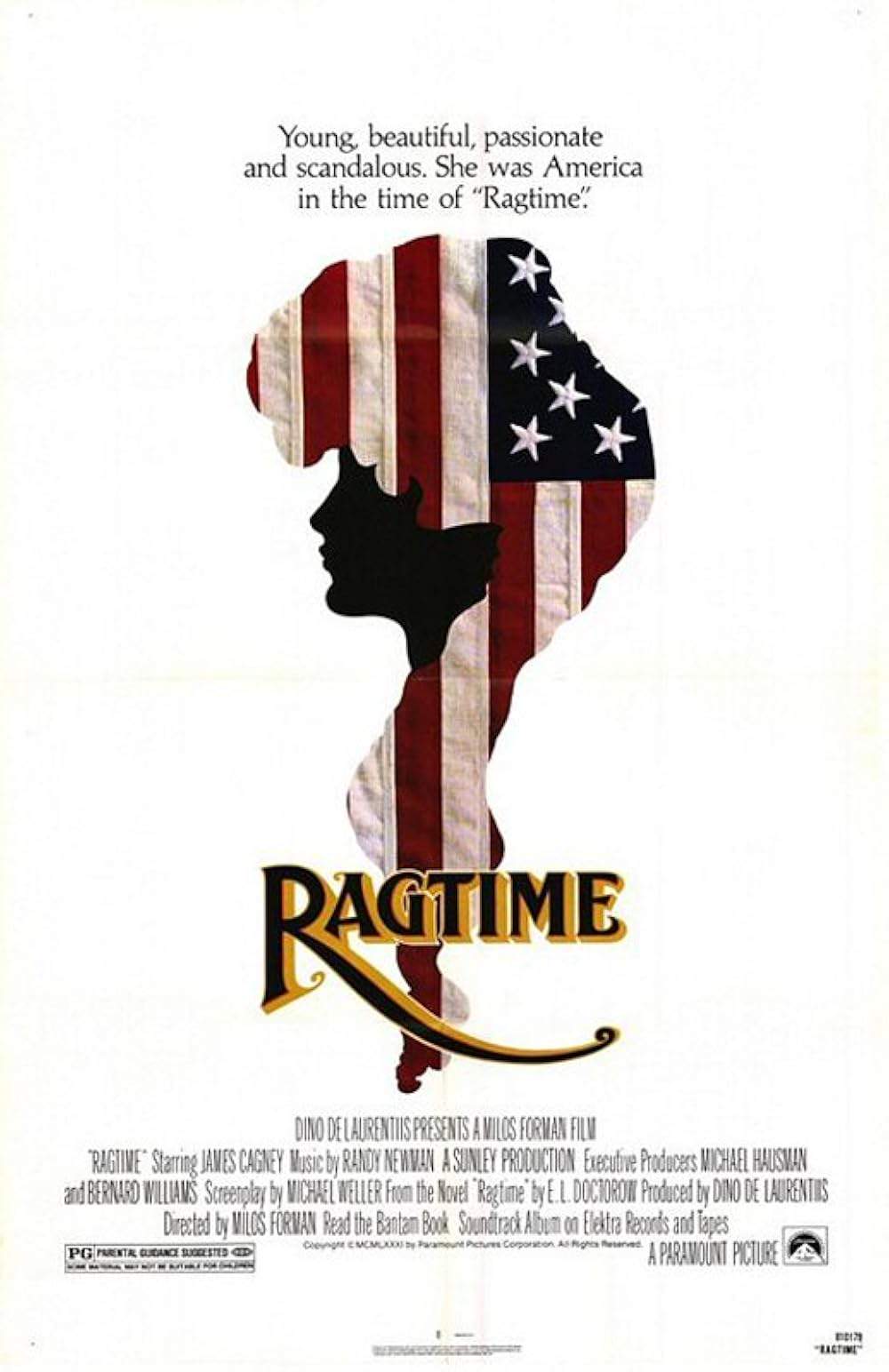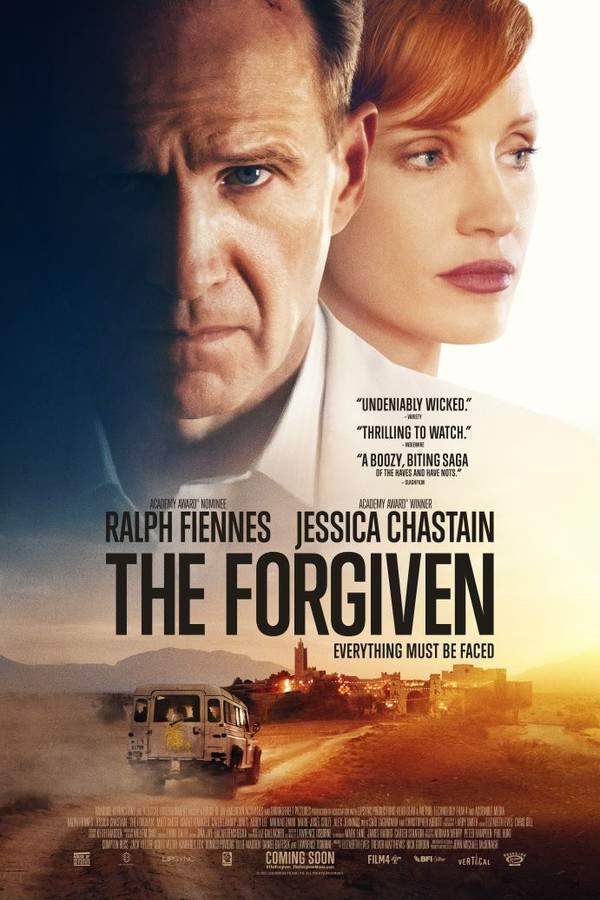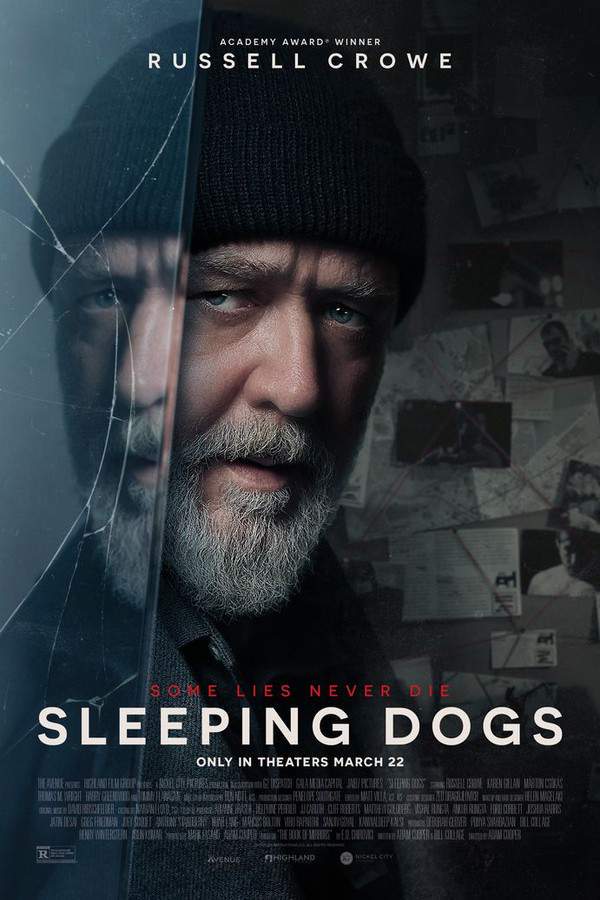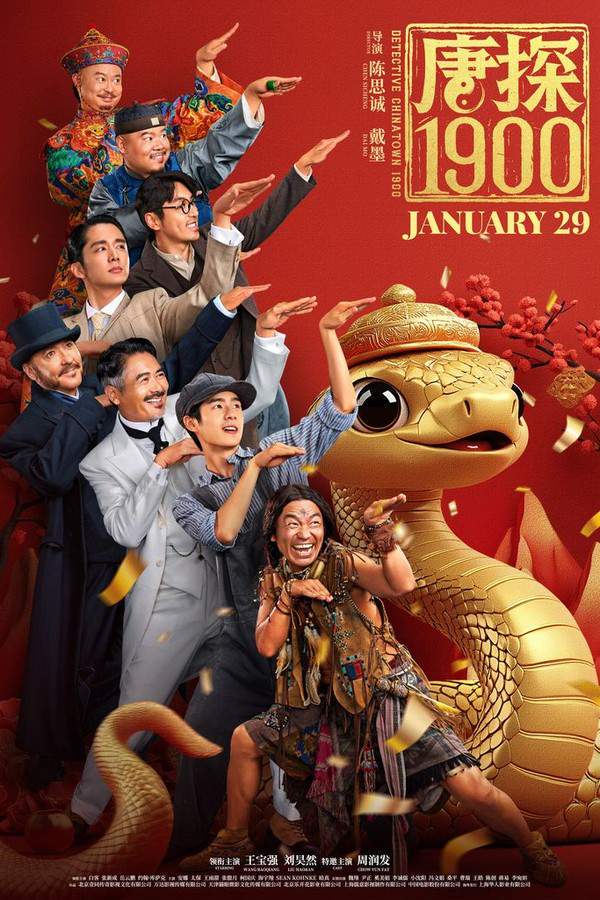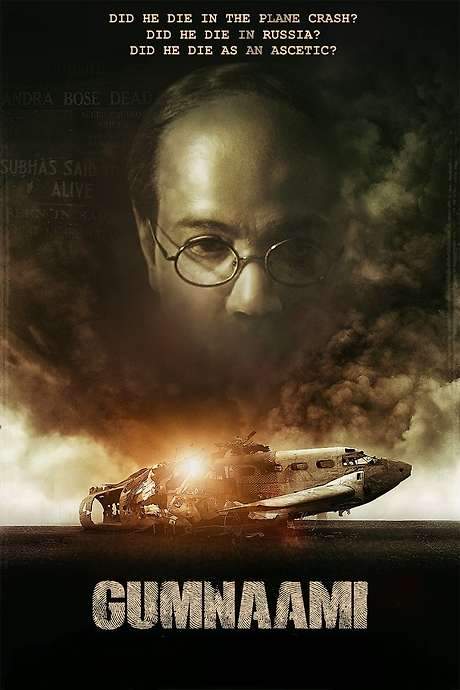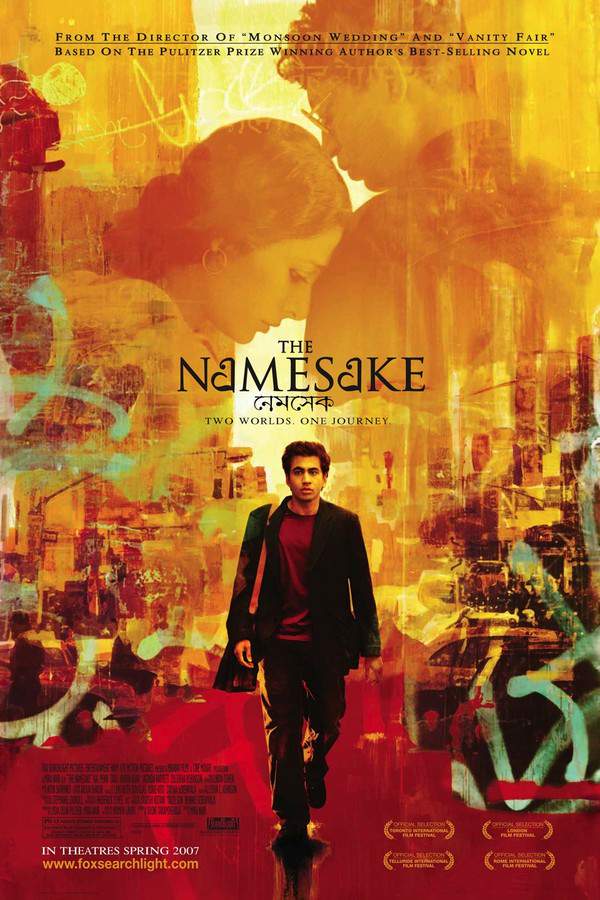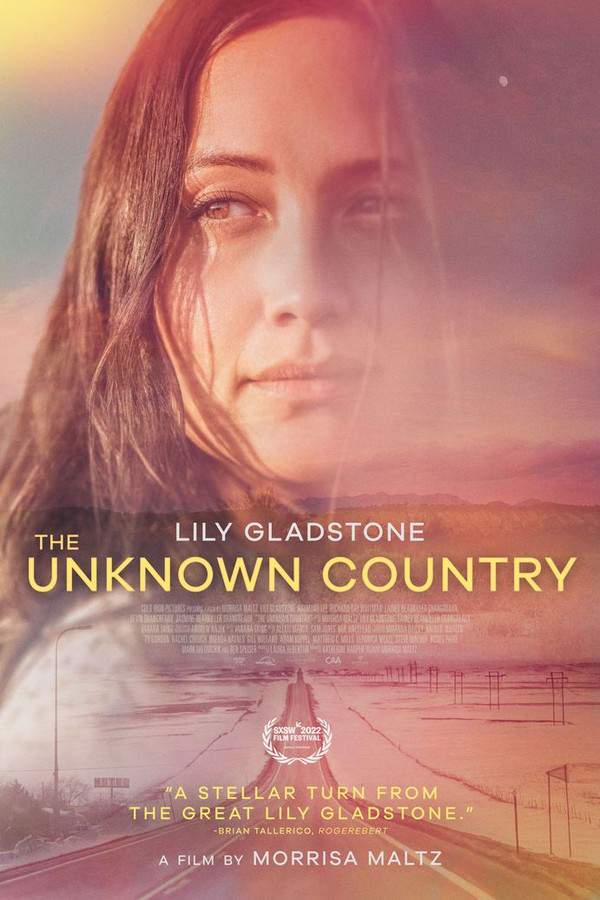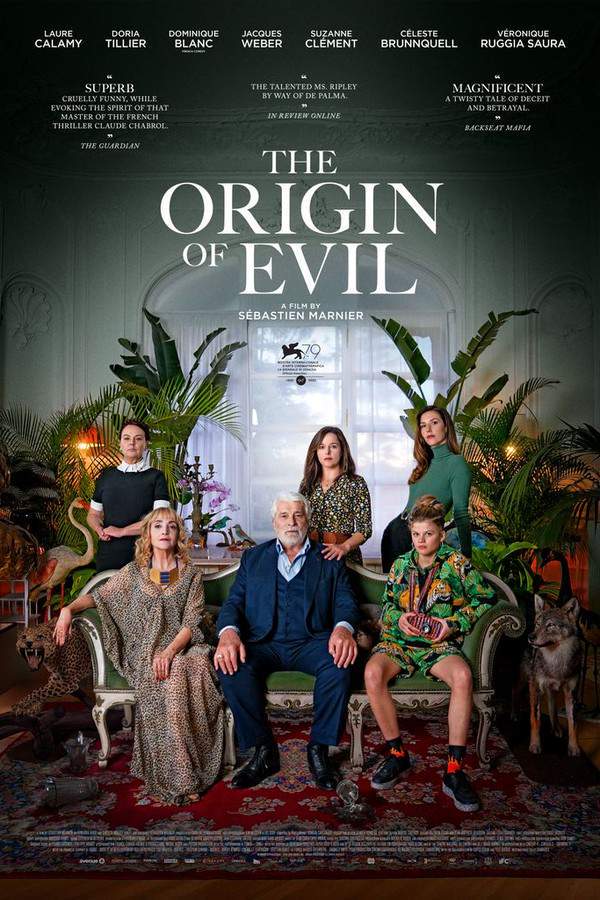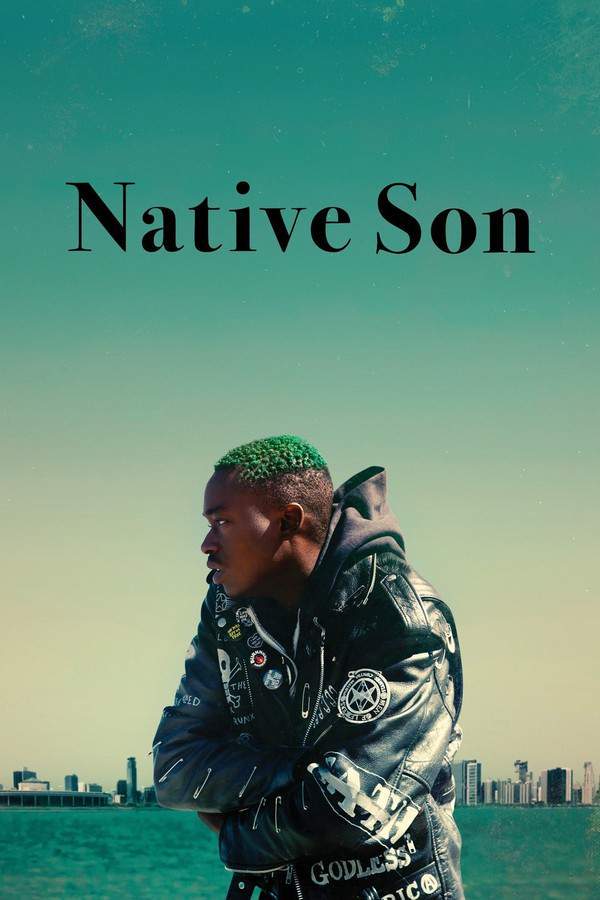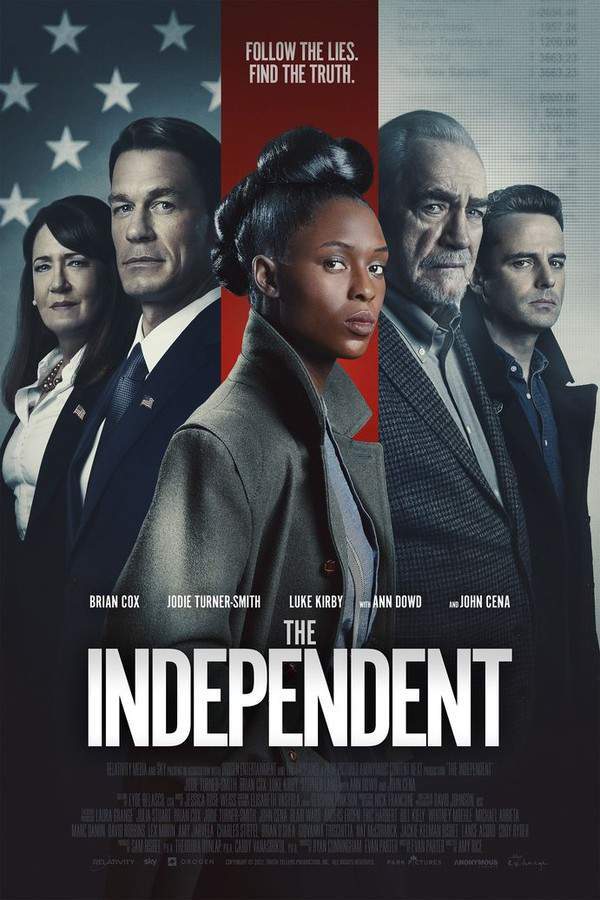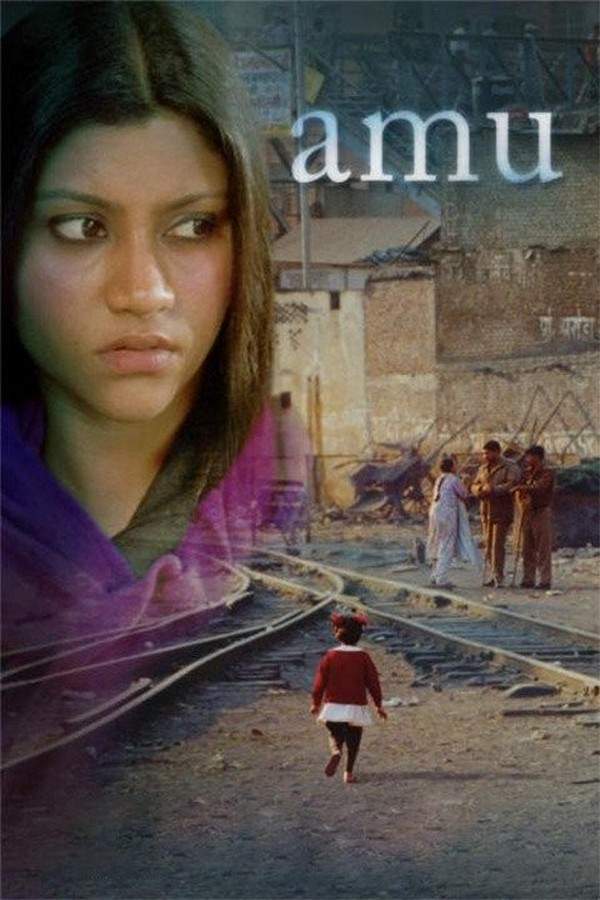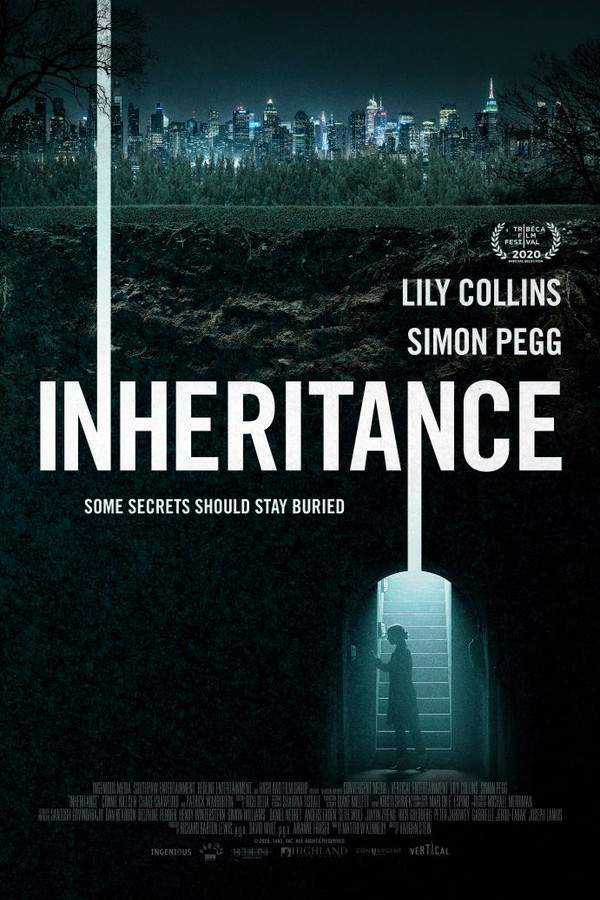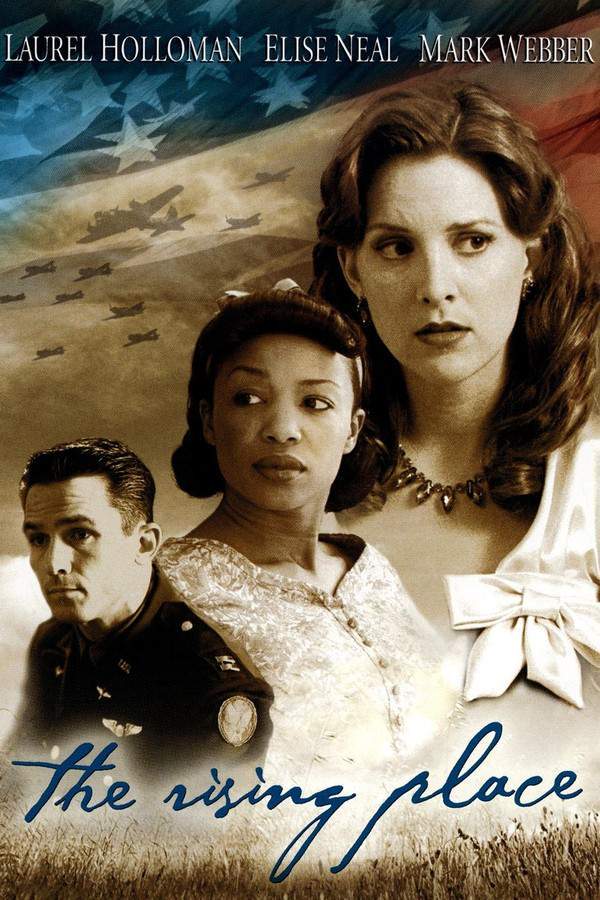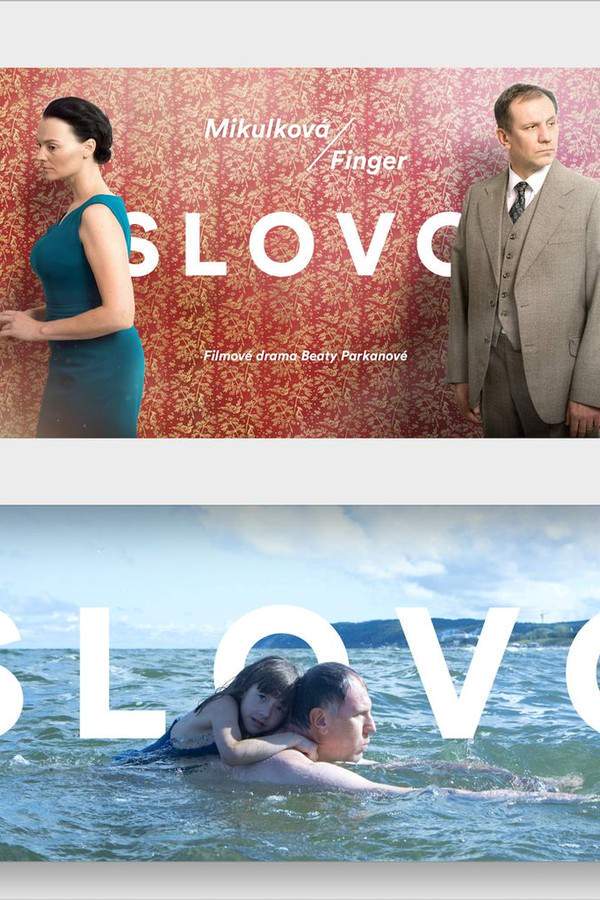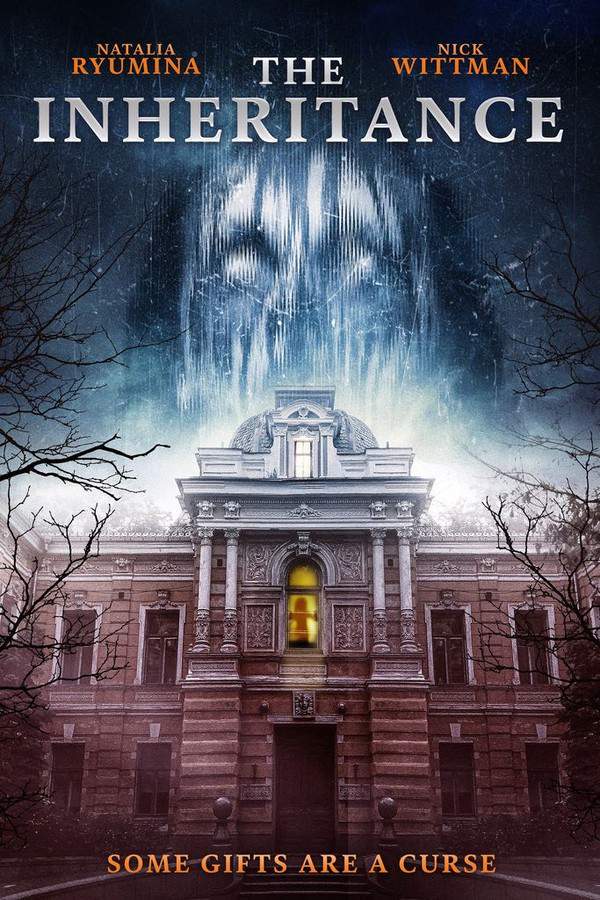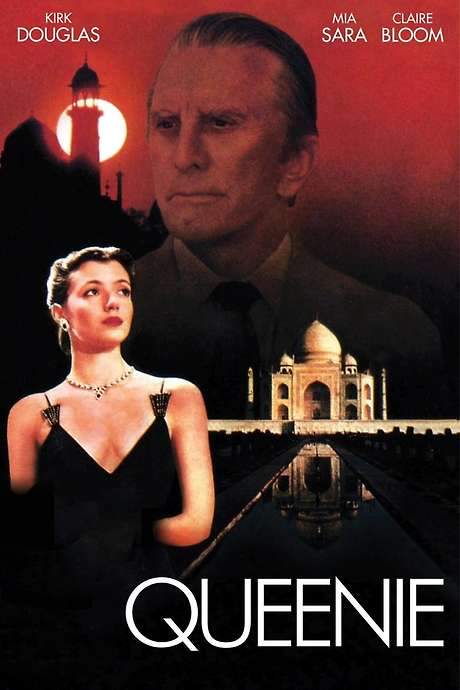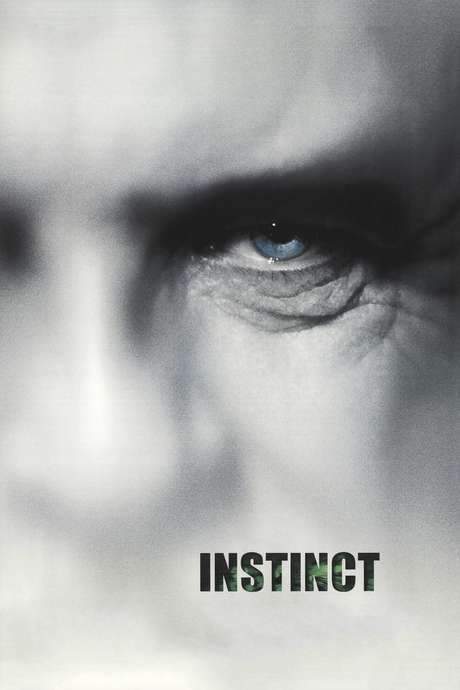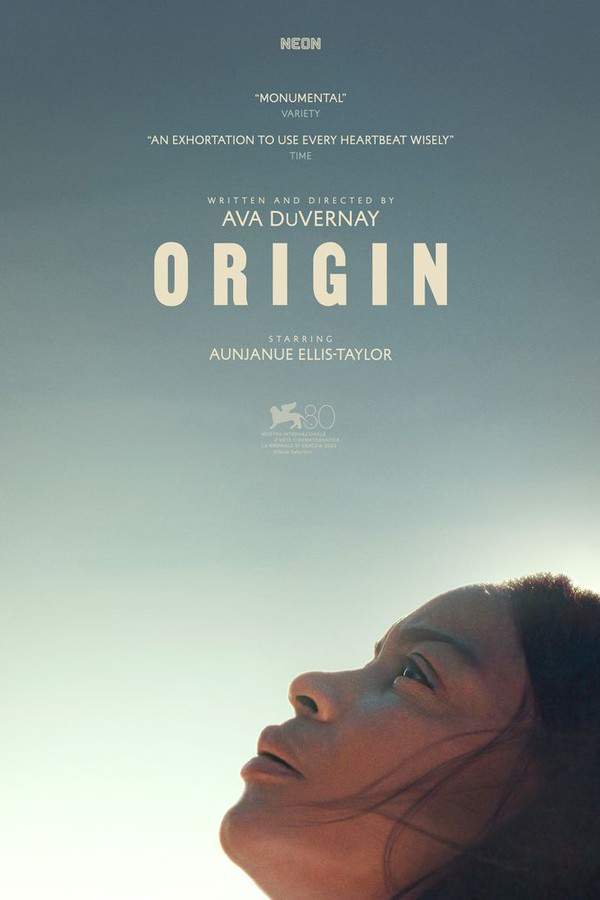
Origin
Following a profound personal loss, Isabel begins a journey to uncover the truth, researching historical events to create a significant work that challenges and redefines American identity. Through her dedication and passion, she produces a powerful masterpiece that expands the limits of human understanding.
Warning: spoilers below!
Haven’t seen Origin yet? This summary contains major spoilers. Bookmark the page, watch the movie, and come back for the full breakdown. If you're ready, scroll on and relive the story!
Origin (2023) – Full Plot Summary & Ending Explained
Read the complete plot breakdown of Origin (2023), including all key story events, major twists, and the ending explained in detail. Discover what really happened—and what it all means.
Grappling with tremendous personal tragedy, writer Isabel Wilkerson Aunjanue Ellis-Taylor sets herself on a path of global investigation and discovery as she writes Caste: The Origins of Our Discontents. The film uses Wilkerson’s scholarly drive to thread together big questions about how people are sorted into hierarchies, insisting that prejudice is not limited to race alone but is deeply shaped by the idea of caste that orders society from birth to death.
Her journey begins in the wake of a contemporary tragedy: the killing of Trayvon Martin. That event prompts a broader inquiry into how social hierarchies operate across borders and eras. Wilkerson argues that caste can dictate who is afforded humanity, safety, and dignity even when skin tone is not the sole marker of discrimination. In this light, she examines how different societies have built systems of subordination that persist beyond explicit racial lines, such as the stratifications present in India’s caste structure, where people are assigned status regardless of nationality or ethnicity. The exploration extends to historical injuries that shaped modern hatred, including the way Jewish people were targeted in Nazi Germany, where the categories of “subjugation” and “extermination” reveal the brutal endpoints of prejudice when it is codified into law and policy.
At social gatherings and intimate conversations, Wilkerson tests her ideas against the perspectives of friends who seem cordial but do not fully grasp how intertwined forms of bigotry can be. The dialogue in these moments underscores how easy it is for people to misread the depths of caste as merely about individual prejudice rather than as a pervasive social order. Throughout the book’s development, she also navigates the toll of that intellectual pursuit on her personal life, including the loss of her husband Brett Hamilton, a white man who stood by her as she wrestled with weighty questions; the death of her elderly mother Ruby Wilkerson; and the passing of her cousin Marion Wilkerson. These bereavements haunt her, offering poignant anchors to the human costs of living under a rigid caste system, and she sometimes imagines speaking to those who have died, such as a Black boy named Al Bright who was part of a winning Little League team but denied entry to a public pool because of prejudice.
In parallel to Wilkerson’s personal biography, the documentary traces a powerful archival thread. Her research leads to Germany, where she uncovers evidence that the Nazis drew inspiration from certain American racial laws as they crafted their own system of racial hierarchy. The narrative also juxtaposes the intimate with the historical: a love story set against the German regime shows how individuals on opposite sides of the barrier of caste attempted to find common humanity, even as oppression tore them apart. The history of these relationships offers a stark mirror to the modern insistence that caste, not just race, remains a living force in how people are treated.
A crucial portion of the film revisits the story of two married Black researchers, Allison Davis and [Elizabeth Davis](/actor/j Jasmine-cephas-jones) Stubbs Davis, who collaborated with white researchers and other allies on an undercover project to better understand segregation in America. This collaboration culminated in the 1941 work Deep South: A Social Anthropological Study of Caste and Class in a Southern City, a landmark that helped illuminate how law, culture, and social norms reinforced discriminatory structures. The lynching of a Black man—met with a white audience that often treated the act as spectacle—appears in vivid, painful detail, reminding viewers that the violence woven into these systems has long preceded and outlived the narratives that try to domesticate them.
As the project deepens, Wilkerson traces how the concept of caste can illuminate questions that race alone cannot answer. Her journey carries her to India, where she visits the home and legacy of Dr. Ambedkar, a leader who championed the rights of the Dalit people at the bottom of the Indian caste hierarchy. The film culminates in Wilkerson taking the stage to speak about her developing manuscript, framing caste as a framework that more comprehensively explains social hierarchy and anti‑bigotry than race alone can—one that can mobilize people to challenge entrenched prejudice.
The closing moments of the documentary emphasize the transformative power of the idea. An onscreen monologue sums up the project’s impact, noting that Caste became a number-one New York Times nonfiction bestseller around the time of the U.S. presidential election in November 2020 and spent substantial time on the lists, signaling not just scholarly achievement but a broad public engagement with questions of hierarchy, dignity, and justice. The film leaves viewers with a detailed, nuanced portrait of how caste operates across cultures and eras, and how an ambitious work of social history can contribute to a more inclusive understanding of humanity.
Note: Names linked above connect to their respective actors on this site for first-time mentions of each character.
Last Updated: October 09, 2025 at 16:13
Ending Explained – What Happens at the End of Origin?
Still wondering what the ending of Origin (2023) really means? Here’s a spoiler-heavy breakdown of the final scene, major twists, and the deeper themes that shape the film’s conclusion.
In the climax of the film, Isabel travels to India seeking to understand the caste system more deeply, especially the plight of Dalits. She visits historical sites and learns about how deeply rooted caste discrimination is, even comparing it to other forms of systemic oppression like Nazi barbarity and racial segregation in America. The film emphasizes that these are different expressions of the same underlying ideology of superiority and subjugation. After her trip, Isabel’s journey is marked by the loss of her beloved cousin Marion, which adds a layer of personal grief to her quest. Her late phone call to Marion, which remains unanswered, symbolizes her attempt to find closure, yet it remains ambiguous whether Marian received her farewell.
Despite her efforts, the film makes it clear that Isabel eventually writes her groundbreaking book, Caste: The Origin of Our Discontents. Its existence suggests that her journey was ultimately worth it, as her insights provide a profound understanding of how casteism persists across different societies and eras. The story ends on a note of quiet resolve, with Isabel having gained clarity about the universal nature of systemic oppression—an understanding that transcends borders and time, linking the suffering of Trayvon Martin, Nazi victims, Dalits, and African Americans into one continuum of human struggle. The film leaves viewers with a sense of hope, that acknowledging this shared history can be the first step toward meaningful change, even if the journey to fight casteism and inequality is long and arduous. In this way, the ending underscores the importance of awareness, empathy, and the enduring human spirit in confronting systemic oppression.
Last Updated: June 25, 2025 at 09:01
Explore Movie Threads
Discover curated groups of movies connected by mood, themes, and story style. Browse collections built around emotion, atmosphere, and narrative focus to easily find films that match what you feel like watching right now.
Movies where grief sparks a quest like Origin
Characters channel personal tragedy into profound intellectual or historical investigations.Find films similar to Origin, where a protagonist grapples with profound loss by immersing themselves in an academic or historical investigation. If you liked the blend of personal sorrow and intellectual urgency in Origin, you'll discover other thoughtful dramas centered on grief-fueled research.
Narrative Summary
Stories typically begin with a devastating personal tragedy that propels the protagonist into a methodical, research-heavy journey. The narrative structure often alternates between the character's emotional present and the historical or theoretical material they are exploring, leading to a synthesis that offers both personal healing and broader intellectual insight.
Why These Movies?
These films are grouped together because they share a unique emotional mix: the weight of personal grief combined with the focused energy of an intellectual mission. They feature slow, deliberate pacing, complex narrative structures, and a tone that is melancholic yet purpose-driven, creating a deeply introspective viewing experience.
Epic historical investigations of injustice like Origin
Epic narratives that connect past and present to reveal the roots of social oppression.Discover movies like Origin that undertake a vast historical investigation into systemic oppression, connecting different eras and cultures. If you appreciated the complex, multi-layered approach to exposing social hierarchies in Origin, you'll find other heavy dramas with a similar scholarly and urgent vibe.
Narrative Summary
The narrative pattern involves a central figure, often a writer or researcher, who draws parallels between distinct historical instances of oppression (e.g., caste system, racism, genocide). The plot jumps across time periods to build a comparative thesis, culminating in a work or revelation intended to challenge and redefine public understanding.
Why These Movies?
These films are united by their complex, multi-stranded narratives that directly tackle large-scale social evils. They share a high intensity, a somber and thought-provoking tone, and a commitment to linking personal stories with wider historical forces. The experience is defined by its academic rigor and heavy emotional impact.
Unlock the Full Story of Origin
Don't stop at just watching — explore Origin in full detail. From the complete plot summary and scene-by-scene timeline to character breakdowns, thematic analysis, and a deep dive into the ending — every page helps you truly understand what Origin is all about. Plus, discover what's next after the movie.
Origin Timeline
Track the full timeline of Origin with every major event arranged chronologically. Perfect for decoding non-linear storytelling, flashbacks, or parallel narratives with a clear scene-by-scene breakdown.

Characters, Settings & Themes in Origin
Discover the characters, locations, and core themes that shape Origin. Get insights into symbolic elements, setting significance, and deeper narrative meaning — ideal for thematic analysis and movie breakdowns.

Origin Ending Explained
What really happened at the end of Origin? This detailed ending explained page breaks down final scenes, hidden clues, and alternate interpretations with expert analysis and viewer theories.

Origin Spoiler-Free Summary
Get a quick, spoiler-free overview of Origin that covers the main plot points and key details without revealing any major twists or spoilers. Perfect for those who want to know what to expect before diving in.

More About Origin
Visit What's After the Movie to explore more about Origin: box office results, cast and crew info, production details, post-credit scenes, and external links — all in one place for movie fans and researchers.

Similar Movies to Origin
Discover movies like Origin that share similar genres, themes, and storytelling elements. Whether you’re drawn to the atmosphere, character arcs, or plot structure, these curated recommendations will help you explore more films you’ll love.
Explore More About Movie Origin
Origin (2023) Scene-by-Scene Movie Timeline
Origin (2023) Movie Characters, Themes & Settings
Origin (2023) Ending Explained & Theories
Origin (2023) Spoiler-Free Summary & Key Flow
Movies Like Origin – Similar Titles You’ll Enjoy
The Namesake (2007) Spoiler-Packed Plot Recap
The Unknown Country (2023) Spoiler-Packed Plot Recap
The Origin of Evil (2023) Detailed Story Recap
Native Son (1951) Film Overview & Timeline
The Independent (2022) Plot Summary & Ending Explained
Amu (2007) Spoiler-Packed Plot Recap
Inheritance (2017) Plot Summary & Ending Explained
The Rising Place (2002) Plot Summary & Ending Explained
The Word (2014) Full Summary & Key Details
The Inheritance (2021) Complete Plot Breakdown
Queenie (1000) Movie Recap & Themes
Instinct (1999) Detailed Story Recap
Lost Boundaries (1949) Full Summary & Key Details
Roots (1000) Film Overview & Timeline
Older Than America (2008) Complete Plot Breakdown

